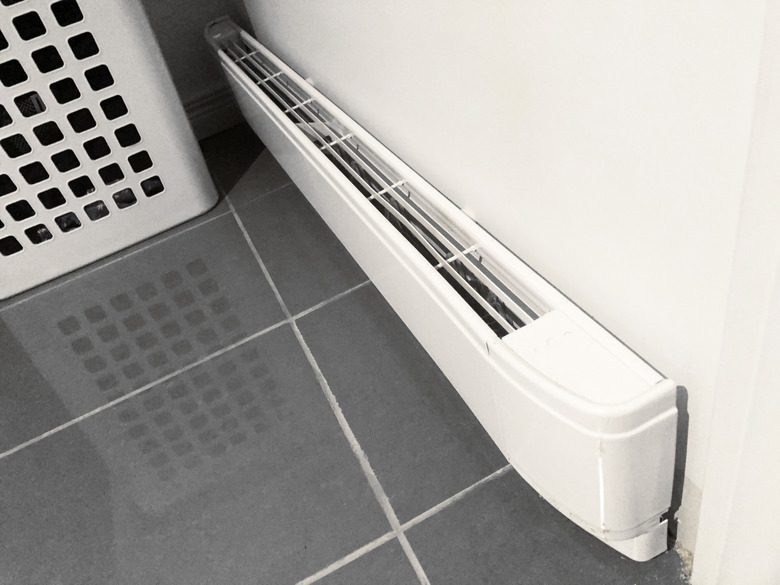I Have Little Tiny Worms On Walls And Baseboard Heaters. What Do I Do?
We may receive a commission on purchases made from links.
Homeowners may occasionally find small, white worms on their walls and baseboards, crawling skyward. These worms are most likely the larval form of pests such as houseflies or Indian meal moths. These common indoor pests lay their eggs along baseboards and in protected areas. After hatching, the larvae are often seen crawling around indoors until they pupate into their adult form.
What's That Creepy-Crawly?
What's That Creepy-Crawly?
Indian meal moths, also known as pantry moths, are often seen flying around homes during the early winter months. Adult moths are 3/8 inch in length and brown or gray in color. Indian meal moths lay their eggs in or near dried bits of food. After hatching, the larvae are white-colored worms that may be seen crawling along walls or on the ceiling.
Common houseflies are indoor pests that lay eggs indoors and outdoors. After hatching, the larvae are small, white maggots that may be seen along baseboards and baseboard heaters and around cracks in floors. Housefly larvae also pupate underneath carpeting.
Why Are They Here?
Why Are They Here?
Indian meal moth larvae often migrate from their food source in search of a place to make their cocoons. Most meal moth larvae make their cocoons in the cracks and crevices of kitchen cabinets and baseboards. Indian meal moths reach maturity within two months from hatching.
Houseflies often lay their eggs underneath stoves, along cracks in baseboards, and in baseboard heaters. Loose floor tiles and drains are also favorite places for houseflies to lay their eggs. After hatching, the maggots may wander around in search of food. Houseflies are considered filth flies and can transmit diseases to humans through their contact with food.
Cultural Critter Control
Cultural Critter Control
Placing all stored food items, such as cereals, grains, and dried fruits, in containers with tight-fitting lids will help reduce infestations of Indian meal moths. Discard any stored foods that appear to be infested with insects. Indian meal moths spin a webbing over infested food, which can have a dusty appearance. Vacuum shelves where food is stored on a regular basis to remove eggs before they hatch into larvae.
Houseflies can be controlled, but it is often difficult. Finding the source of the breeding site is key to reducing infestations of houseflies and their larvae. Swatting or spraying adult flies with aerosol sprays can help reduce infestations. Find and eliminate any sites that appear to be harboring housefly eggs.
Limiting Chemical Controls
Limiting Chemical Controls
Indian meal moths and their larvae are seldom so numerous that they require chemical control methods. Sweep or vacuum up larvae and throw the bag away in the outdoor trash bin to prevent reinfestation. Large numbers of adult Indian meal moths can easily be exterminated with the use of pheromone traps, readily available online as well as from department stores. Once the grownups are eradicated, you won't see little white worms anymore.
You can get rid of flies without resorting to chemical means. Strong pesticides are rarely used or needed in housefly control. Ultraviolet light traps can help reduce housefly infestations, and flypaper can work wonders. You can purchase it at department and grocery stores, or make it yourself. Don't be afraid to pick up and use a flyswatter to squish the sources of your irritation.
Eliminating feeding and breeding sites will reduce the numbers of fly larvae you see crawling along your baseboards, walls, and ceilings. Get rid of outdoor attractants such as grass clippings, manure, open trash bins, weed piles, or other decaying organic matter.
